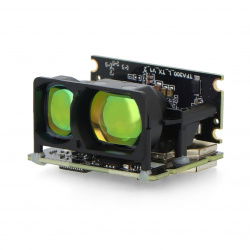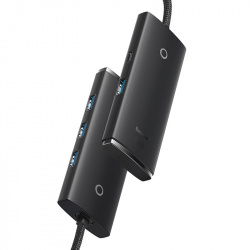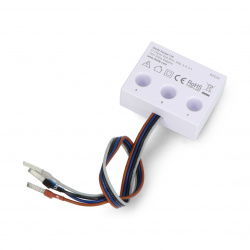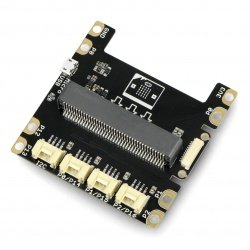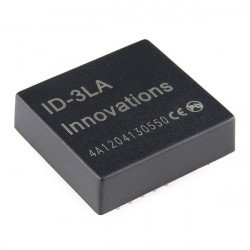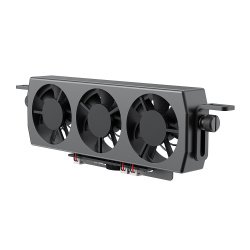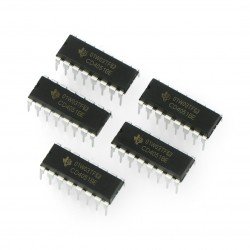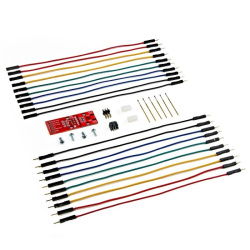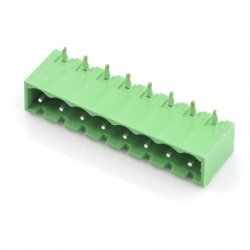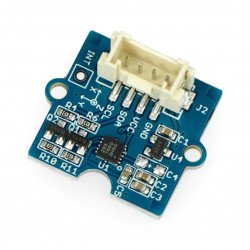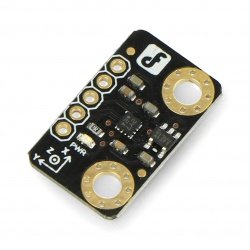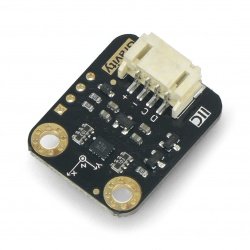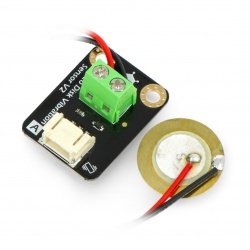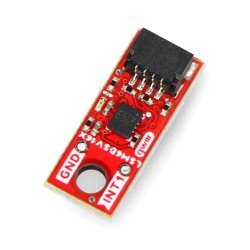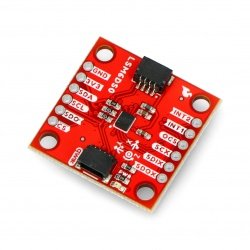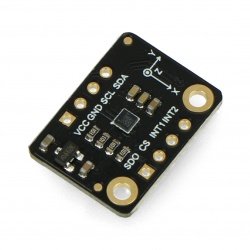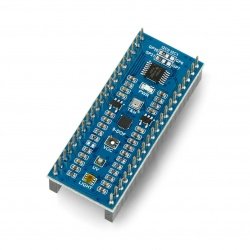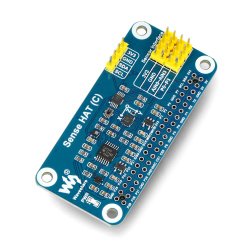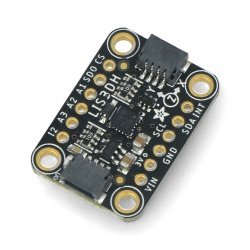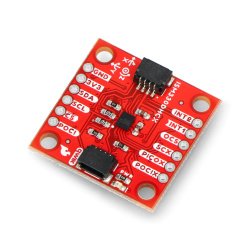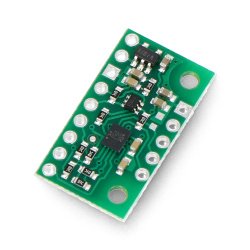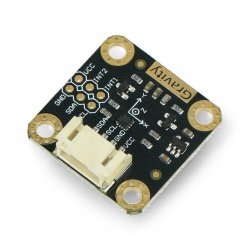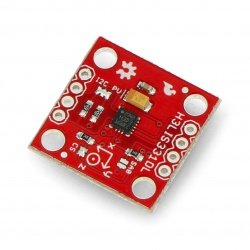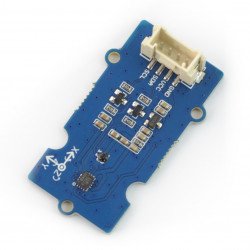How does an accelerometer work? - What is it? - The latest technology close to us
How does an accelerometer work? Widely used accelerometers are small devices that are currently installed in almost every mobile phone (automatic image rotation ensuring high comfort of using the mobile device). They are also used in computer games - for example in the extremely popular FIFA.
Special actors (often professional football players) are equipped with a number of sensors that track their every move and transfer it to the virtual world.
Acceleration transducer – description of how it works
Then, a special algorithm and a team of people refine every detail - this way we can admire perfectly reproduced character movements in computer games.
Great possibilities of small technology - Accelerometer in the phone and other devices (automatic image rotation)
Today, accelerometers are tiny devices that fit into slim cell phone housings or carefully designed robots.
The accelerometer measures the acceleration of the device (it is an element that measures its own movement). They are small in size, easy to use and have dedicated connectors or soldering holes.
In our store we have a wide selection of acceleration transducers - as they are sometimes called accelerometers. These devices are used to measure linear and angular accelerations - unlike remote sensing devices, accelerometers measure their own motion.
Wide spectrum of applications
Accelerometers are used to study movement and overloads, and on a large scale in mobile telephony they allow you to control the phone's functions by moving it, this also applies to tablets and smartwatches. The accelerometer is responsible for measuring linear and angular acceleration, which makes it universally applicable.
In addition, piezoelectric accelerometers ensure that the airbags operate properly (regardless of changes in ambient temperature). During an incident, an electrical signal is transmitted to the controller, which activates the airbags. It is also worth knowing that the accelerometer is able to record vibrations.
Our offer includes modern modules compatible with the most popular minicomputers, and for demanding customers we have sets of sensors, for example vibration, temperature, collision or light. We invite you to familiarize yourself with our wide range of offers.
Accelerometers and accelerometers - Botland - Shop for robotics
In this category, we offer a wide selection of reliable and precise accelerometers from manufacturers such as Adafruit, DFRobot, Iduino, Microduino, OpenPlatform, PiMoroni, Pololu, PyCom, Seeedstudio, SparkFun, Velleman, Waveshare and others. Available include: accelerometers for Arduino , Raspberry Pi , Micro:bit modules and other controllers.
Thanks to the pinouts described in detail, connecting the accelerometer is simple and intuitive. The Botland store's assortment includes accelerometers with a diverse acceleration measurement range, so they can be used in various projects. More information can be found in the description of the specific product.































































































































































































































































































































